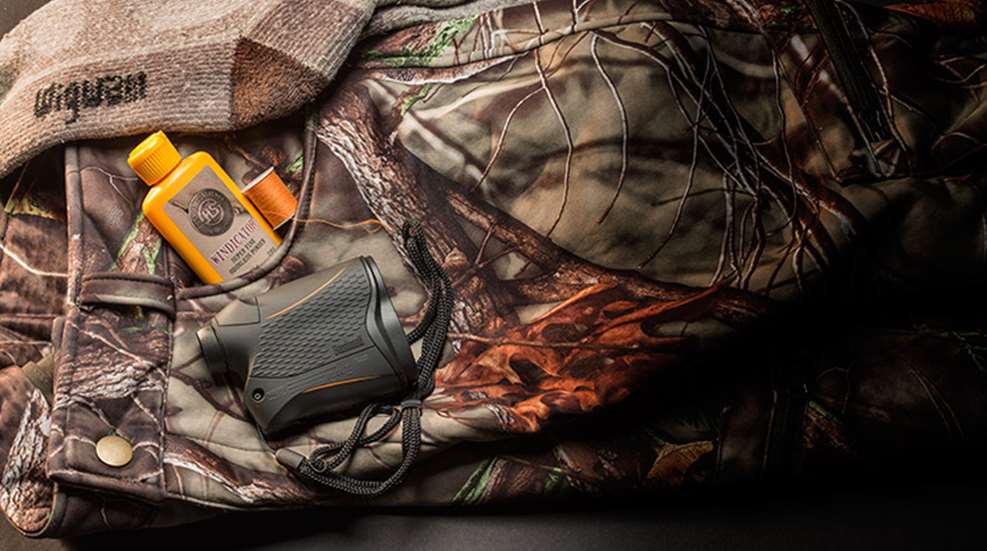
Whitetail hunters today mostly hunt from stands for good reason, and elk and deer hunters need stout boots, but there are times when you need gear that’ll help you stalk in close. Maybe you see a mule deer buck bed down from a long way away and note how you can stalk the buck from downwind. Maybe you know elk are in the black timber and that hunting pressure is keeping them there until after dark. Perhaps you see a whitetail buck corral a doe in estrus into a pocket of cover and you want to get close, so tight that when they move at dusk you’ll be certain to see them.
Getting proactive can, at times, mean the difference between filling a tag or not. For certain hunts, you should put together a stalking kit.
Stalking socks: When I was 10 years old I made a pair of moccasins. They were heavier than socks, or stiffer anyway, and fairly waterproof. Before long they just felt natural, much more natural in the forest than store-bought shoes. I wanted to be Hawkeye in James Fenimore Cooper’s The Last of the Mohicans. (I guess we all do at a certain age.) Later I learned to take off my boots when stalking something. A few years ago a mule deer guide during a bow hunt in Utah taught me to pull on two or three pairs of thick wool socks. He called them “stalking socks.” They got me to within yards of mature mule deer bucks on hard ground.
Wind checkers: Carry several small devices to monitor the wind direction. A small bottle filled with talcum powder (or a like substance) is mandatory. But also tie a piece of thread on your bow’s stabilizer or gun’s barrel. It is critical to see and, when possible, to foresee every movement or shift in the wind.
Quiet clothing: It is difficult to hear the sounds clothing makes when you’re in a store. Camo pants often make a swish when your thighs touch. Jacket sleeves can rustle like dry leaves. These sounds seem subtle until you’re trying to slip up on a bedded buck. Cabela’s Silent Stalk clothing isn’t bad. Woolrich Quiet Camo is even better. There are many other options (AH editors have been impressed by Huntworth’s Tactical Performance Fleece Hunting Jacket and Soft Shell Hunting Pants). The point is to look around, listen closely when you try on hunting clothing and consider every piece you will wear as an outer layer.
Rangefinder: You’ll need a quality rangefinder to plan your stalk and to check distances as you close in. I recently tried Bushnell’s new Trophy Xtreme Laser Rangefinder on a bear hunt. It is rated to read distances from 7-850 yards. I shot across Manitoba’s expanses and had no trouble getting readings beyond 800 yards on rocks and trees. At close distances its “Full Spectrum Targeting” instantly flashed back exact distances to bears I spotted from the stand (not all rangefinders work well on the dark hair of black bears). Its ARC technology gave true distances even at steep angles. It’s a solid choice for your stalking kit.





































